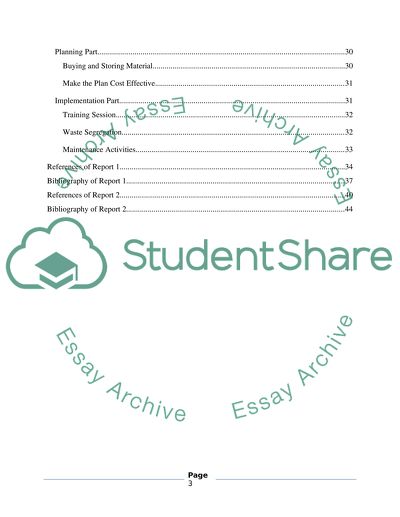Cite this document
(“Sustainable Practices in Facilities Management : Carbon Footprints Essay”, n.d.)
Retrieved from https://studentshare.org/environmental-studies/1407297-sustainable-practices-in-facilities-management-yt
Retrieved from https://studentshare.org/environmental-studies/1407297-sustainable-practices-in-facilities-management-yt
(Sustainable Practices in Facilities Management : Carbon Footprints Essay)
https://studentshare.org/environmental-studies/1407297-sustainable-practices-in-facilities-management-yt.
https://studentshare.org/environmental-studies/1407297-sustainable-practices-in-facilities-management-yt.
“Sustainable Practices in Facilities Management : Carbon Footprints Essay”, n.d. https://studentshare.org/environmental-studies/1407297-sustainable-practices-in-facilities-management-yt.


